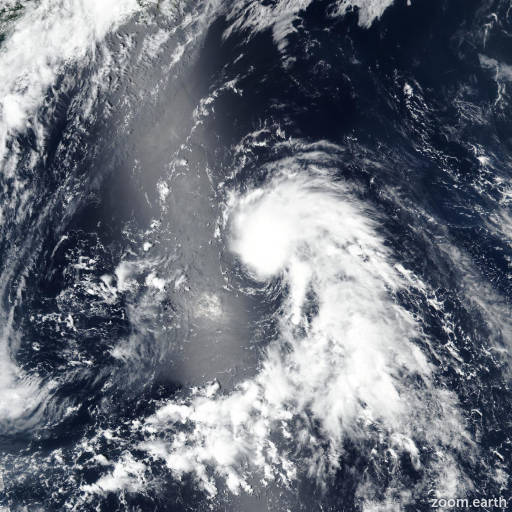Tropical Storm Sepat 2025
Last Modified:

Satellite images, weather maps and tracks of Tropical Storm Sepat 2025, 22 - 27 June. Max wind speed 70km/h.
Click on the map to add points. Double‑click to finish.
Tap on the map to add points.
Last Modified:

Satellite images, weather maps and tracks of Tropical Storm Sepat 2025, 22 - 27 June. Max wind speed 70km/h.